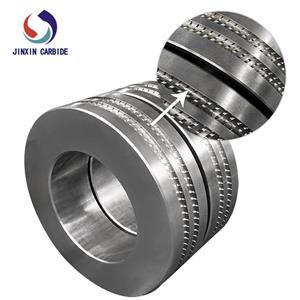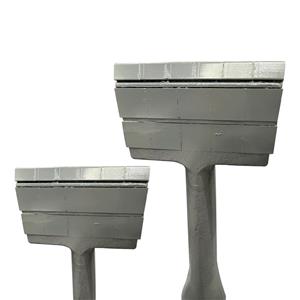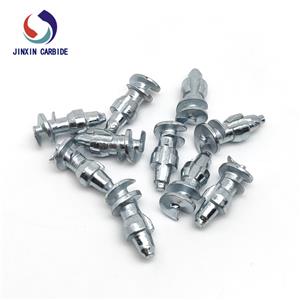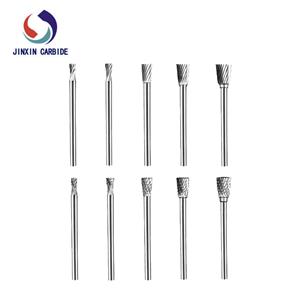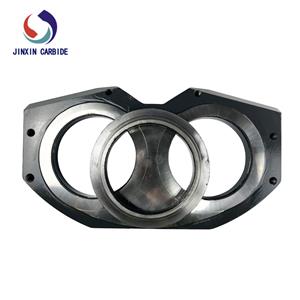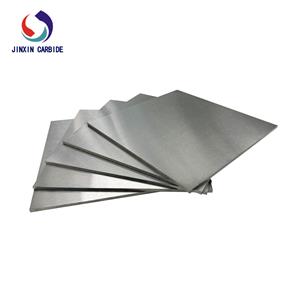Comparison and discussion on the processing difficulty of tungsten carbide circular blades and sawing blades
Carbide circular blades and sawing blades play an important role in the field of machining. However,
there are obvious differences in their processing difficulty. This article will discuss the processing
difficulty of carbide circular blades and sawing blades to help us better understand the characteristics
of these two tools.
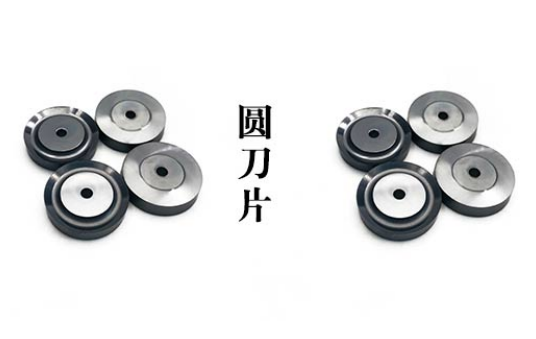
Comparison and discussion on the processing difficulty of carbide circular blades and sawing blades
1. The processing difficulty of carbide circular blades. Carbide round blades have the characteristics of
high hardness and high wear resistance, so their processing difficulty is relatively low. During the
machining process, the main focus is on the control of cutting speed, feed and other parameters to
ensure the stability and accuracy of cutting. At the same time, the manufacturing process of carbide
circular inserts is relatively mature, and it can be processed with high efficiency and high precision
through professional machine tools and cutting tools.
2. The processing difficulty of the sawing blade. In comparison, sawing blades are more difficult to
process. Due to its jagged structure, multiple parameters need to be controlled to achieve stable sawing
results. During the manufacturing process, the material selection and heat treatment process of the
sawing blade is relatively complex and requires multiple processes of processing and heat treatment to
ensure the stability and reliability of its performance. In addition, sawing blades need to withstand large
cutting forces and impact forces during processing, so the requirements for machine tools and cutting
tools are also high.
3. Comparison of processing difficulty. In summary, there is a significant difference in the processing
difficulty of carbide circular blades and sawing blades. The processing difficulty of carbide round blades
elatively low, while the processing difficulty of sawing blades is relatively high. In practical applications,
it is necessary to select the appropriate tool type according to the processing requirements, and use
professional machine tools and tools for processing. At the same time, with the continuous
advancement of technology and the continuous improvement of processing requirements, the
processing difficulty of these two types of tools will be further reduced in the future, providing better
support for the development of the mechanical processing field.

